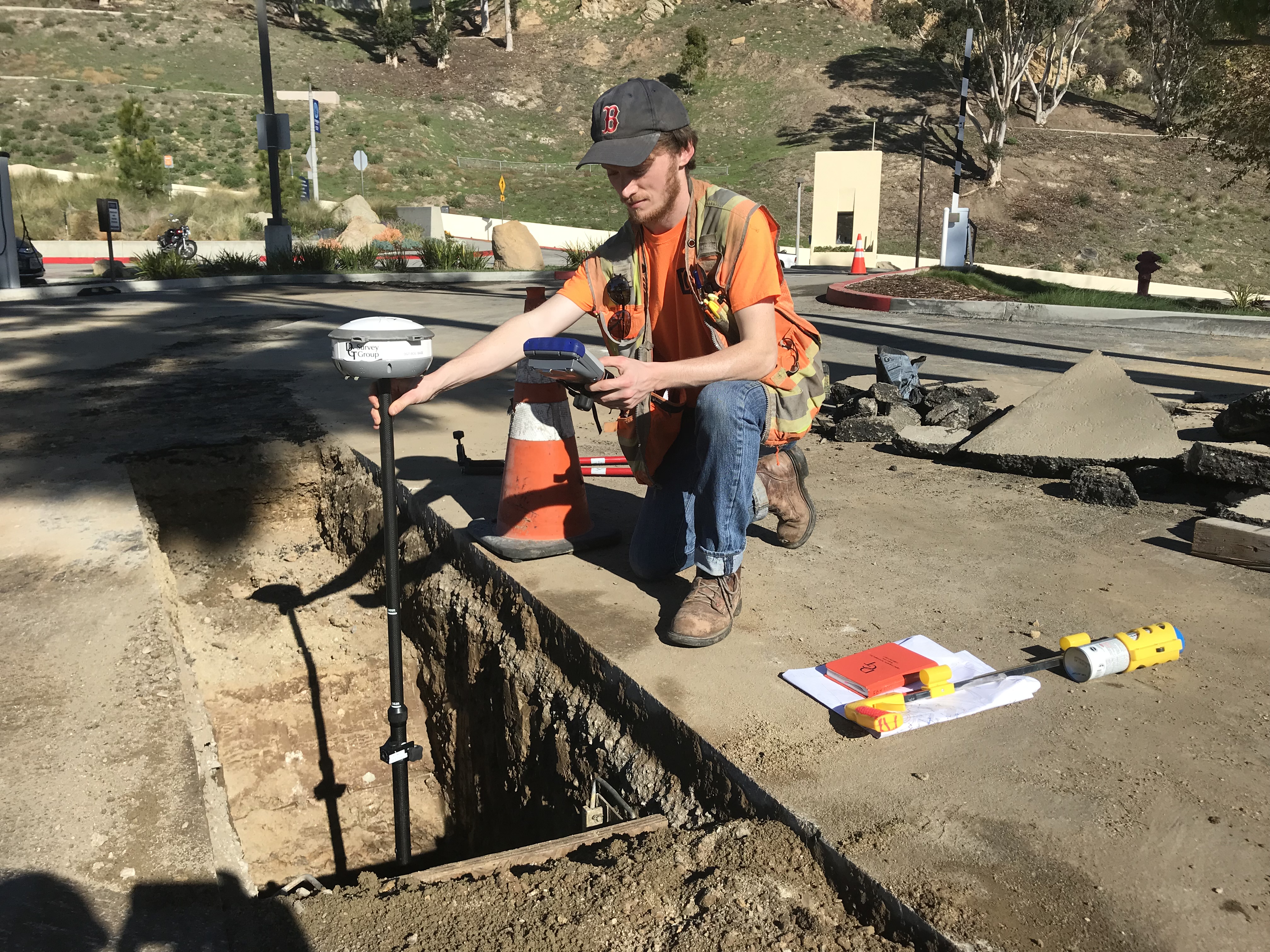New School: The Importance of Developing Young Surveying Professionals
New School: The Importance of Developing Young Surveying Professionals
The future health of an industry is dependent on many factors, but the most important one may be its ability to consistently refresh its workforce, replacing retiring professionals with young, bright minds who will be able to find meaningful roles and build sustainable careers.
For the surveying and engineering industry, this has been a challenge. A 2018 census by the U.S. Department of Labor’s Bureau of Labor Statistics estimated about 123,000 professionals currently working in the fields of surveying, cartography, photogrammetry, and mapping. Of that number, 31,000 were 55 years old or older, meaning more than a quarter of the people currently working in the field are within 10 years of retirement age.
On the other end, there were some 37,000 professionals age 34 or younger, which is an encouraging number. Yet further segmentation reveals that less than half of that group was under the age of 25. While the industry is not on the precipice of a catastrophic worker shortage, the numbers forecast a potential drought in the years ahead. With the right strategies and mindset, we can find ways to prevent it and preserve an industry that is vital to public development.
Improving how, and what, we teach
The starting point for sustaining the industry is education. In order for budding surveyors and engineers to create successful careers, they must have a proper foundation. That foundation must include not only the skills the industry needs now, but also those that will be fundamental in the future. That will mean a commitment to forward-thinking curricula.
Colorado State University recently announced that it will use real-world technology to expand its offering in 3D building, construction management, digital fabrication, civil infrastructure, geomatics and the sustainable built environment. Students at CSU will be able to take advantage of a greater knowledge base, as well as access to the same kind of equipment they’ll be using in the field as professionals.
Beyond the classroom, mentorship matters in grooming young professionals. In an article for xyHT titled “A Millennial’s View of Land Surveying,” a surveying professional young enough to be counted among the Millennial generation (but experienced enough to have seen a lot of change in the profession) wrote about the importance of mentors, and how young surveyors are not always being nurtured by veteran professionals.
Architecture, engineering and construction (AEC) professionals in the field have the opportunity to welcome young talent by showing interested young people that there’s a place for them, and that they will have guidance along the way.
Use technology to recruit, not to replace
Another reason for sluggish numbers among young professionals is a perception of technology as a replacement for novices. Certain tasks that might have previously been performed by young professionals as part of their training can now be handled by robotics and other tech, which may discourage new people from entering the field.
But technology is also a way for the industry to attract more young people, not less. As the tools we use become more advanced, there is an opportunity for young people who are comfortable with learning new technology to gain more prominent roles within the industry.
We recently wrote about working with Alec Pestov and his company, Meemim | vGIS, which specializes in 3D augmented reality mapping that could revolutionize the way we collect and use data. Alec himself is an example of a young professional who turned his skills and interest in advancing technology into a career – not to mention a groundbreaking new way of doing the work of surveying and mapping. He channeled an interest in visualization and graphics for the video game industry into real-world applications for an industry in need of new technology and processes.
Although Alec noted that some veteran professionals will never see leading-edge technology as a replacement for their tried-and-true, traditional methods, those on the younger end of the spectrum are particularly well suited to implement new tools to improve our work and efficiency across the industry.
“What you find is that the younger generation is much more open to using technology, so they quickly realize that a solution will help them,” he says. “Because of their experimental nature, they get there much quicker … the younger groups tend to be able to identify those scenarios where it helps them, and also they tend to spread tribal knowledge much quicker than more mature groups. Once they figure out where it helps, they tell others.”
Building the future of the industry
Young people may look at surveying and engineering and see a difficult career path, especially when it comes to the early years. It’s a profession that requires a great deal of education and early apprenticeship. Shifts in technology and technique have diminished some of the experience that young professionals used to acquire as a normal course of business, and guidance can sometimes be hard to come by in an industry whose work cannot be learned exclusively via books and study.
It’s our responsibility as the established professional class to do a better job of showing those who express an interest in our profession that becoming a land surveyor or engineer is a viable choice today, and can be a fulfilling, rewarding profession that is worth the investment of their future.


